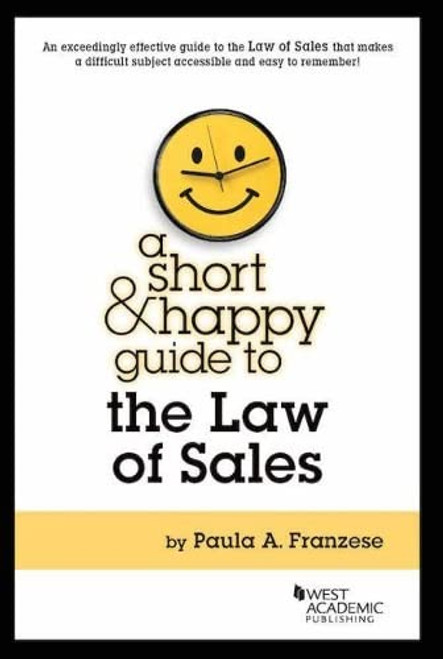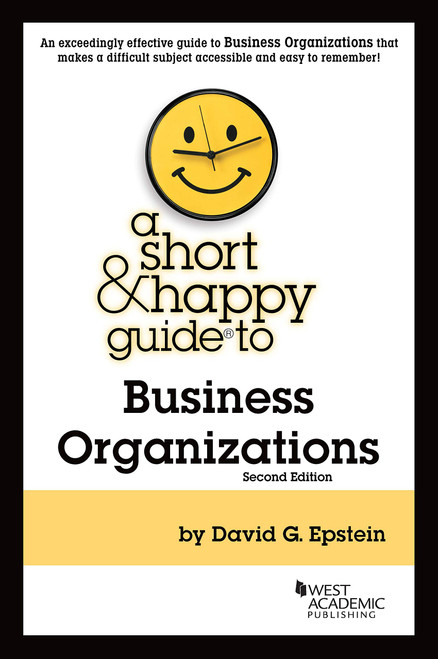A noted spiritual writer seeks answers to life's big questions in the stories of the saints
In All Saints---published in 1997 and already a classic of its kind---Robert Ellsberg told the stories of 365 holy people with great vividness and eloquence. In The Saints' Guide to Happiness, Ellsberg looks to the saints to answer the questions: What is happiness, and how might we find it?
Countless books answer these questions in terms of personal growth, career success, physical fitness, and the like. The Saints' Guide to Happiness proposes instead that happiness consists in a grasp of the deepest dimension of our humanity, which characterizes holy people past and present. The book offers a series of lessons in the life of the spirit: the struggle to feel alive in a frenzied society; the search for meaningful work, real friendship, and enduring love; the encounter with suffering and death; and the yearning to grasp the ultimate significance of our lives. In these lessons, our guides are the saints: historical figures like Augustine, Francis of Assisi, and Teresa of Avila, and moderns such as Dorothy Day, Flannery O'Connor, and Henri J. Nouwen. In the course of the book the figures familiar from stained-glass windows come to seem exemplars, not just of holy piety but of life in abundance, the quality in which happiness and holiness converge.
In All Saints---published in 1997 and already a classic of its kind---Robert Ellsberg told the stories of 365 holy people with great vividness and eloquence. In The Saints' Guide to Happiness, Ellsberg looks to the saints to answer the questions: What is happiness, and how might we find it?
Countless books answer these questions in terms of personal growth, career success, physical fitness, and the like. The Saints' Guide to Happiness proposes instead that happiness consists in a grasp of the deepest dimension of our humanity, which characterizes holy people past and present. The book offers a series of lessons in the life of the spirit: the struggle to feel alive in a frenzied society; the search for meaningful work, real friendship, and enduring love; the encounter with suffering and death; and the yearning to grasp the ultimate significance of our lives. In these lessons, our guides are the saints: historical figures like Augustine, Francis of Assisi, and Teresa of Avila, and moderns such as Dorothy Day, Flannery O'Connor, and Henri J. Nouwen. In the course of the book the figures familiar from stained-glass windows come to seem exemplars, not just of holy piety but of life in abundance, the quality in which happiness and holiness converge.










